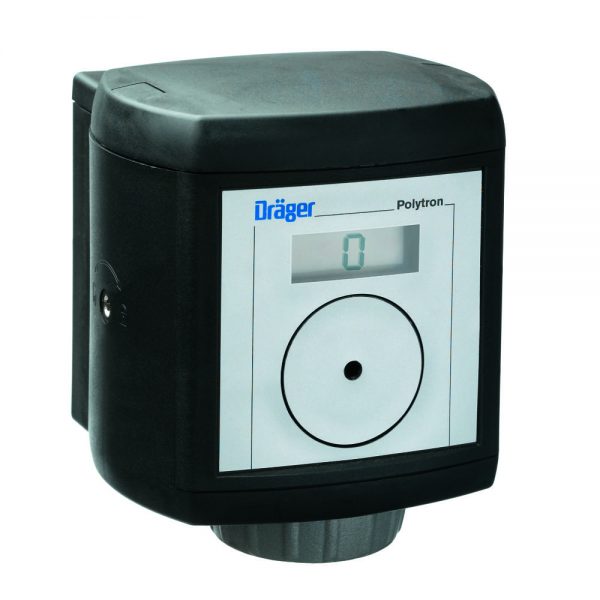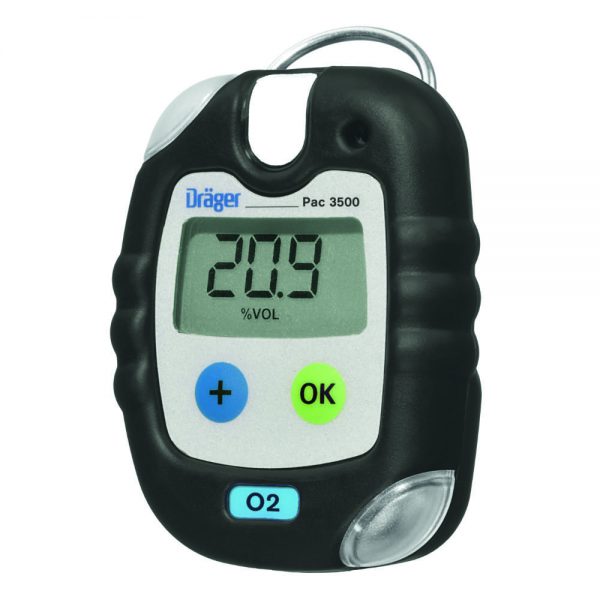Oxygen Sensors
One of the most important critical parameters to be monitored in the biobank in terms of operator safety is the percentage of oxygen present in the environment.
Breathing air is normally composed of about 20.9% oxygen. The liquid nitrogen used to feed the cryocontainers with the biological samples inside, is subject to natural evaporation; the resulting nitrogen in gaseous phase, however, is a colourless, odourless gas and, stratifying from below, is able to replace the oxygen present in the environment, decreasing the optimal percentage until it is completely saturated. The liquid nitrogen used in normal cryopreservation activities constitutes a real danger for the operator.
The damages generated by asphyxiation are different and of different entity depending on the percentage of oxygen present in the environment.
In order to guarantee a correct monitoring of the oxygen content in the environment, BioRep offers a wide range of fixed sensors that can be positioned in strategic points of the biobank according to the regulations in force. These sensors are capable of punctually detecting the values of the oxygen concentration present which will then be sent from the monitoring system under oxygenation to the supervision and control system of the biobank or, in the absence of the latter, to a dedicated control unit. The under-oxygenation condition will be notified to the operators through an optical-acoustic signal and, in the most persistent and dangerous cases, also the emergency ventilation systems will be activated to increase the number of air/hour spare parts until the normal safety conditions in the environment are restored.
BioRep also offers portable oxygen content monitoring sensors, to be applied to each operator present in the biobank and characterized by a convenient ease of use and total reliability.


